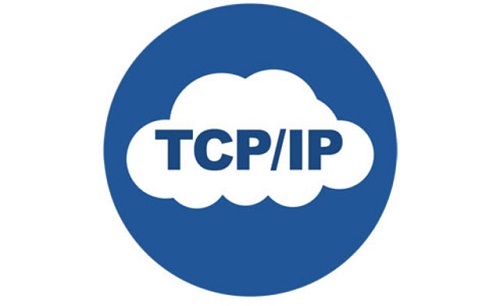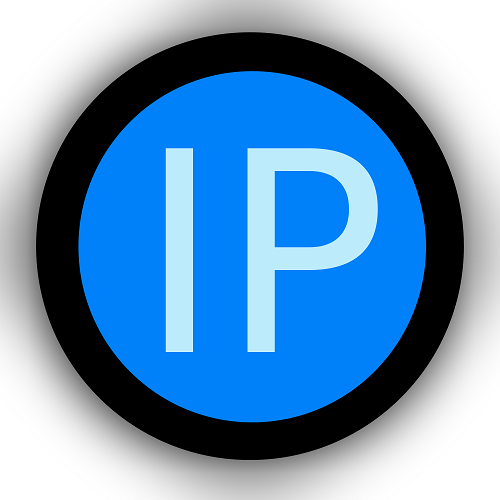Understanding TCP & IP - Internet Protocol

To understand the internet protocol you must first understand what the internet is. Mainly the internet is composed of groups of computers, each group may be represented by a street or a zone and theses groups are connected together through devices called gateways. When one computer in a zone wants to send data to another computer, it may be in the same zone or another zone and this computer may be a regular host or a server.
The device that connects these zones is called gateways or routers and the methods that they follow to send the data are called protocols. Each gateway may be configured to use a certain protocol but it must be the same among all the zones in order for work properly. If you have any sort of questions relating to where and how you can make use of my-ip, you could contact us at our web-page.
The internet uses what are called TCP/IP between these zones in order to send the data. The IP protocol is used to deliver the packet between the source and the destination based on IP addresses which is defined within the protocol. The ip addresses are 32 bits long and are separated in two parts: one part defines the zone or the area within which the host rely and the other part defines the host itself. This corresponds to street identification where we must identify the street name and the number of the house. The street name corresponds to the network address and the house number corresponds to the computer address.
Once the IP addresses are defined the gateways can use these addresses to forward the packets between the gateways until they arrive to the destination. Recall that these gateways are like airports which are used to travel between countries and the zones on the network correspond to these countries, so when the data travel between different zones they must first go to the gateways in order to be forwarded.
There are many protocols that can be used to forward the packet based on the IP addresses but they all share the same function. Some common names are RIP, OSPF, and IS-IS. Each one has its own characteristics from the point of view scalability, convergence, and memory size. When the packet arrives to the router, it checks the IP address and forwards it on a specific port depending on the address. Each packet may be forwarded to multiple ports but protocol chooses the best port. This process is repeated on each router while the packet is in its way to the destination.
What Is Internet Protocol or an IP Address?

The world's most accepted non proprietary open-system protocol suite is now the Internet Protocol. It can be used to correspond to any set of interrelated or unified networks across the world. It goes very well with Wide Area Network (WAN) and Local Area Network (LAN) communication. The system consists of a collection of protocols. Among them two are best known: the first is Internet Protocol and the second is the Transmission Control Protocol. IP includes both lower layer protocol and general applications like terminal emulation, file transfer and email. Here is the broad introduction to IP that includes IP Address.
The Internet Protocol (IP) is the process or special set of rules by which information or "data" is sent from one central processing unit to another worldwide system of computer network. Every single computer, which is called Host on the Internet, has at the least one IP Address to spit it out from the rest of the computers on the system of Internet worldwide.
This unique system was developed first in the 1970, with the initiative of the Defense Advanced Research Agency, when it felt the importance of setting up a collection of changed-over network that would make easy communication between unlike computer systems. The result of this effort was the Internet Protocol completed at the end of 1970.
The system works in a definite coordination. When data (like an e-mail note or a Web page) are sent or received the communicated message gets divided into little collocates that are regarded as "packets." Every single packet contains both the sender's and the receiver's Internet addresses. The packet is then sent to a network point that acts as an access point to another network. It is called a gateway computer that comprehends a minute division of the Internet. Then the gateway computer interprets the targeted address and advances the packet to the next gateway that again reads the intended address. This process of forwarding to the adjacent gateway continues till the one gateway in the process recognizes the packet within its direct area of control or the domain. That gateway then sends the packet at once to the specified computer address.
Since a message is split into different packets, each of them can, if required, be sent out through diverse paths across the Internet. Packets can reach the destination in different array than they were sent out initially. The IP just conveys them. It is the Transmission Control Protocol that puts them back in the correct arrangement or order. This system has no constant link between closing points to be communicated. Each of the packets is a separate unit of independent data. It is Transmission Control Protocol that sets up the order by keeping track of the sequence of packets. Some of these are Anonymizer, Hide My IP, GhostSurf etc.
The most commonly used Internet Protocol version of today is IPv 4 or Version 4. Though, IP Version 6 has been started to provide longer addresses than its predecessor, and thereby opens up the option for many other Internet users. It includes the potentialities of IPv4 and any server can support IPv6 packets that support IPv4. Anyone who sets up a link to the Internet is allocated an IP address by their respective Internet Service Provider who registers an area of IP addresses. The service provider is able to allocate any address within that area or range.
Thus, to get connected to the Internet as well as correspond with other computers on the Internet, you must have a valid and visible IP address. If you wish to hide your IP address or remain anonymous while monitoring your computer, you can take help of different ways to protect your identity. Some of these are: Public Anonymous Proxy, Boot from Anonym.OS LiveCD, Tor, Alternate computer or connection, Private mode or Incognito mode. Apart from all this, there are a number of software products that can be used by the Internet users.